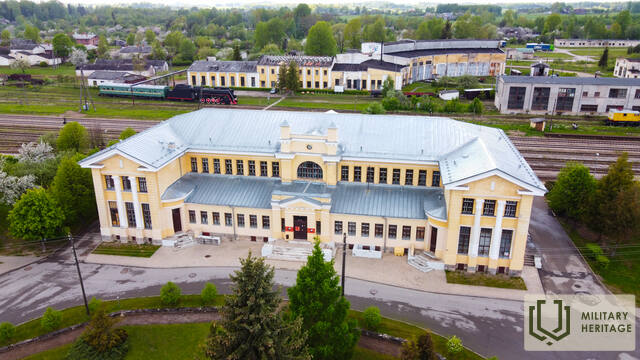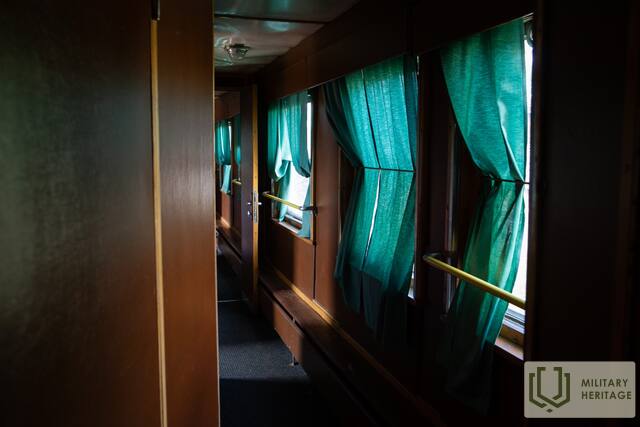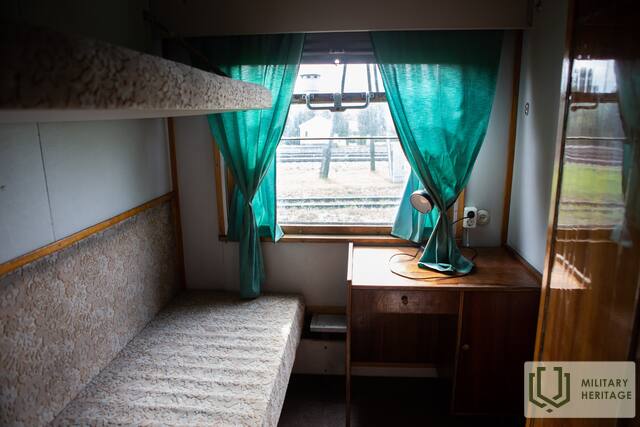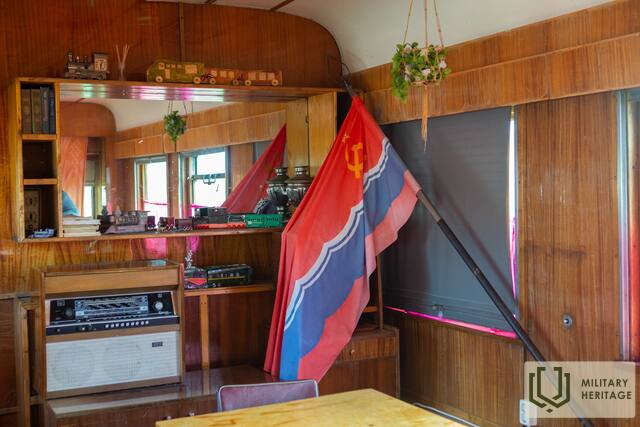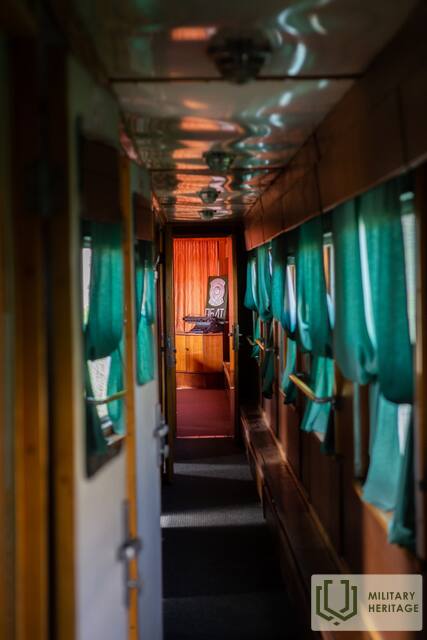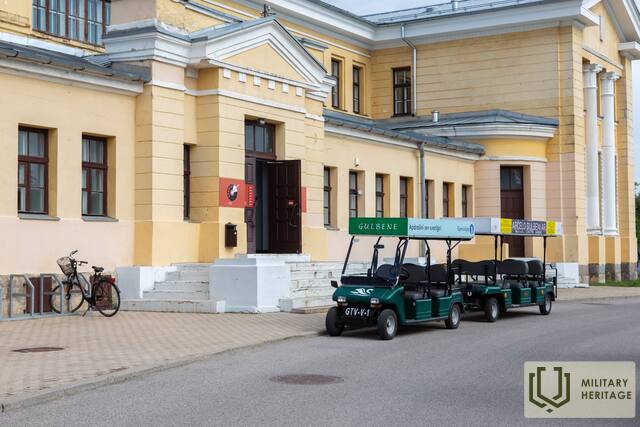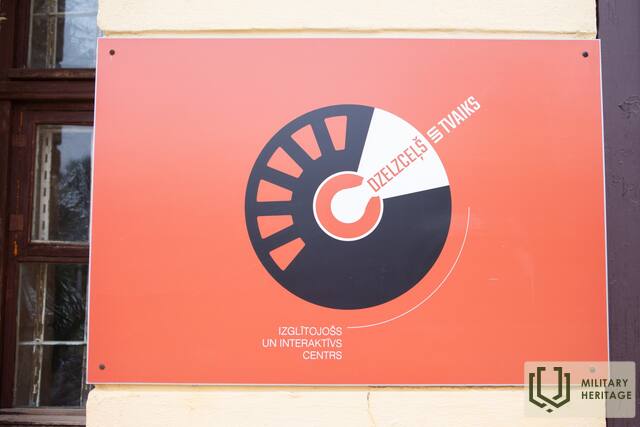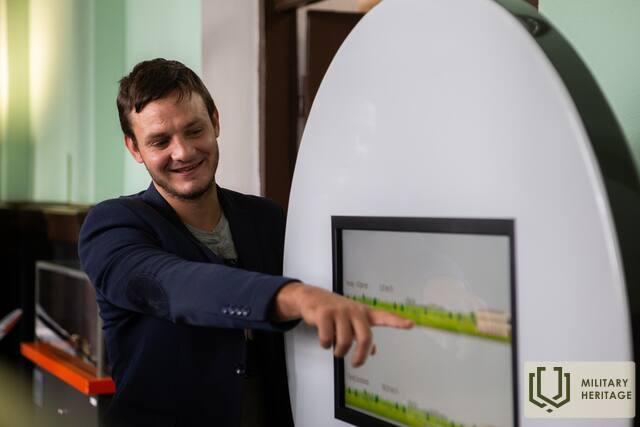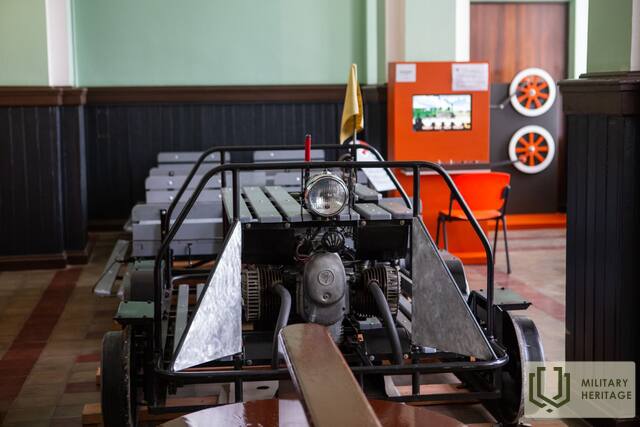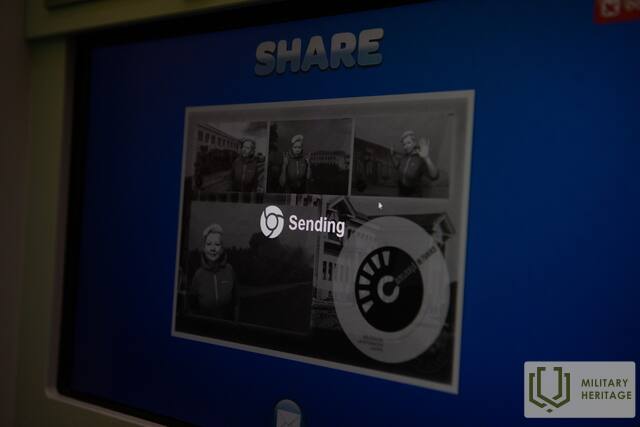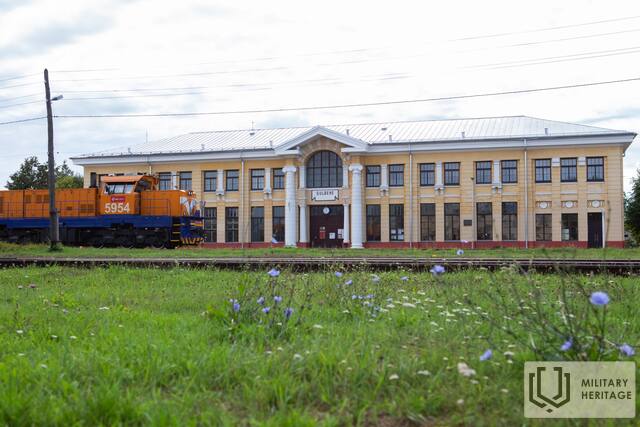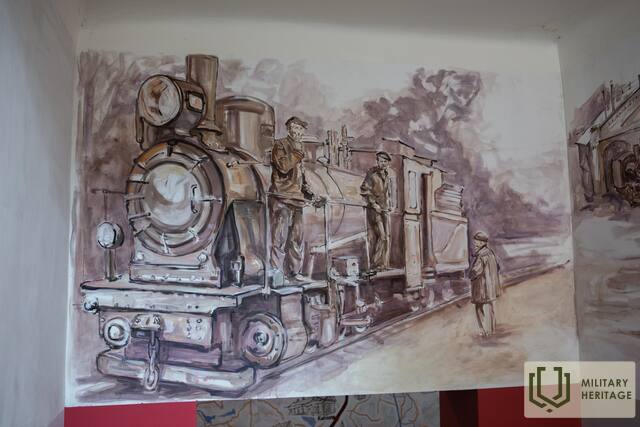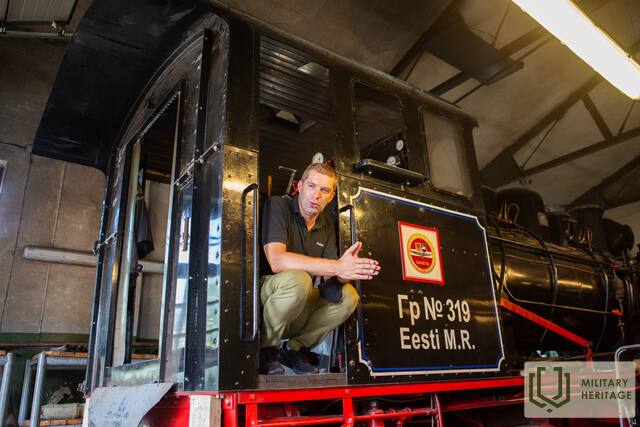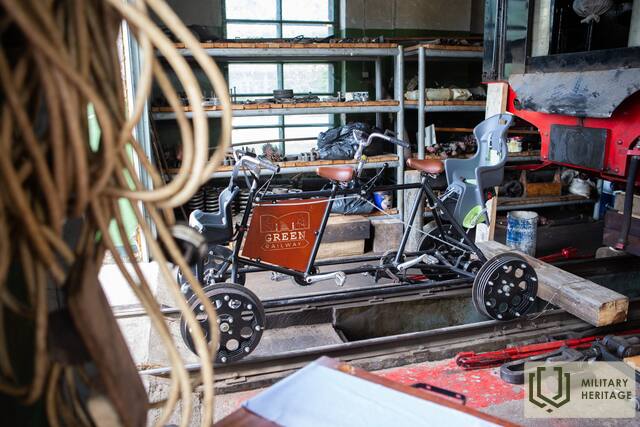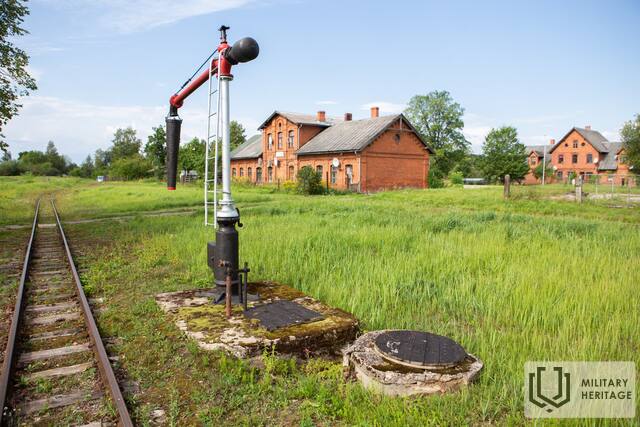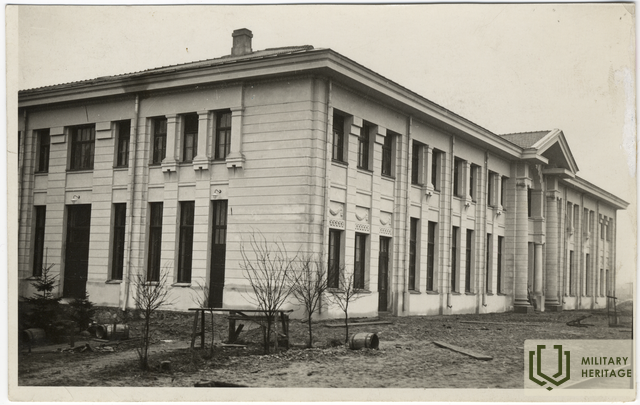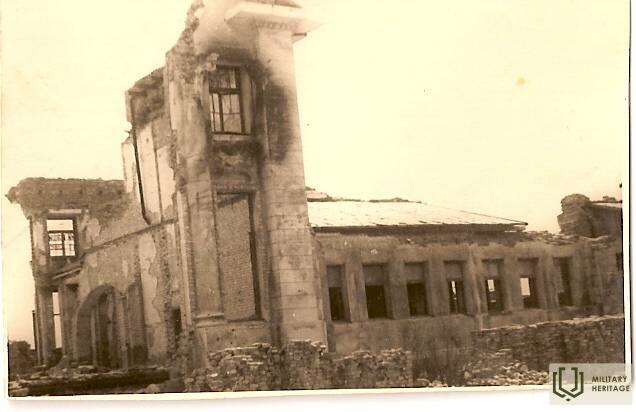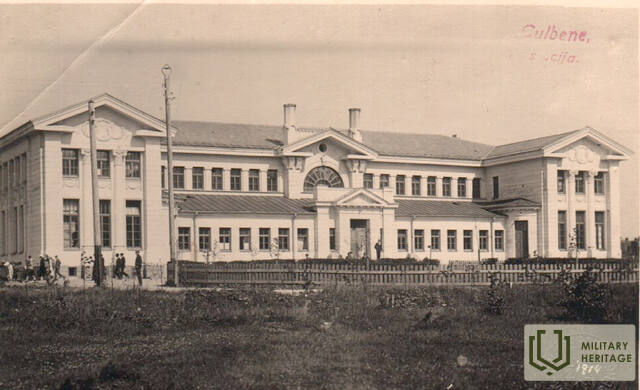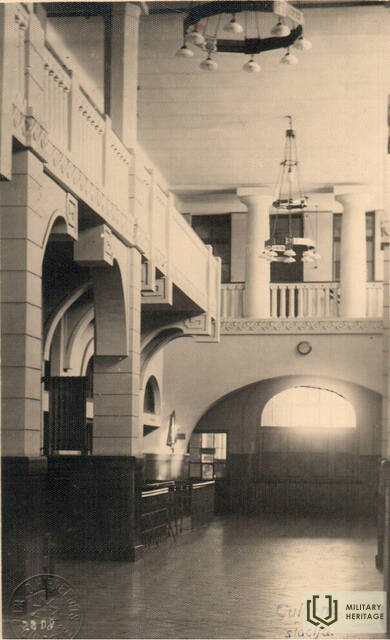Gulbenės geležinkelio stotis Muziejus

Gulbenės geležinkelio stotis yra Gulbenės mieste. Pirmojo pasaulinio karo metu, 1916–1917 m., siaurojo geležinkelio linija į Pliaviņas buvo rekonstruota iki 1524 mm pločio, kad galėtų būti sujungta su Rygos–Daugpilio linija. Be to, buvo nutiesta geležinkelio linija į Ierikius ir Sitą, taip užtikrinant susisiekimą su Pytalovu. Dėl to Gulbenė tapo geležinkelio mazgu. Dabartinis stoties pastatas, kurį suprojektavo architektas Pēteris Federsas, buvo pastatytas 1926 m. Nepriklausomybės kovų metu, 1919 m. gegužės 31 d., kai Gulbenė buvo išlaisvinta iš bolševikų, 1-asis (4-asis) Valmieros pėstininkų pulkas čia surinko nemažą kiekį karo trofėjų. 1941 m. birželio 14 d. iš Gulbenės geležinkelio stoties buvo deportuoti tiek civiliai gyventojai, tiek Latvijos armijos karininkai, suimti Litenės vasaros stovykloje. Būdamas svarbiu mazgu, jis buvo subombarduotas 1944 m. pavasarį. Po karo jis buvo atkurtas į pradinę formą. 2018 m. atidarytas edukacinis ir interaktyvus centras pavadinimu „Geležinkelis ir garas“. Šalia Gulbenės stoties yra bendrovė SIA „Gulbenes – Alūksnes bānītis“, siūlanti interaktyvias pamokas ir ekskursijas. Lankytojai gali apžiūrėti stoties pastatą ir platformą, atminimo lentą ir skulptoriaus Indulio Rankos sukurtą paminklą represuotiems.
Panaudoti šaltiniai ir literatūra:
GNVMM muziejaus kolekcija
Susijusi laiko juosta
Susijusios temos
Susijusi istorija
Apie Latvijos Nepriklausomybės karą ir 1919 m. įvykius Alūksnėje
1919 m. kovo 27 d. 1-asis Valmieros pėstininkų pulkas kartu su Talino (tuometinio Rėvelės) ir Tērbato Estijos gvardijos (kaitselit) batalionais bei trimis šarvuočiais traukiniais pradėjo Latvijos išlaisvinimą nuo bolševikų nuo Melnupės upės krantų.




